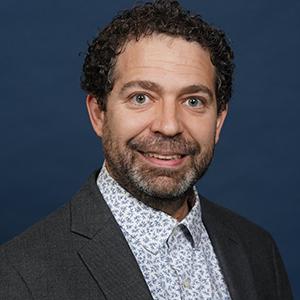Therapeutic exploitation of novel mouse models and metabolic interventions in leukemia

Daniel Herranz
PharmD, PhDRutgers University
Project Term: July 1, 2022 - June 30, 2027
Our research program aims to gain a deeper understanding of the pathobiology of T-ALL and HSTL.
To this end, we will use novel mouse models, cutting-edge techniques and comprehensive genetic, pharmacological and metabolic interventions. In addition, we will perform unbiased experiments to identify novel therapeutic targets.
Our goal is to uncover new tools and targets for the treatment of T-ALL and HSTL, which could be used for the benefit of patients in the short/mid-term.
T-Cell Acute Lymphoblastic Leukemia (T-ALL) is a blood tumor that affects children and adults. Cure rates have improved due to recent advances; still, 20-50% patients relapse and die, underscoring our incomplete understanding of the mechanisms mediating tumor progression and highlighting the need to discover new targets. Related to this, my long-term goals are: 1) to comprehensively exploit metabolism for therapeutic purposes in T-ALL; 2) to uncover novel therapeutic targets; 3) to functionally dissect enhancers in leukemia; and 4) to expand our understanding of additional blood tumors such as Hepatosplenic T-Cell Lymphoma (HSTL).
T-ALL responds to metabolic treatments, as common antileukemic drugs in the clinic directly impact metabolism. In this context, we generated mouse leukemias in which, using genetic tricks, we can delete multiple critical enzymes in different metabolic pathways, so we can use these unique tools to assess the effects of inhibiting specific routes. From an organismal perspective, we will investigate the effects of different dietary interventions on leukemia progression, as these could be readily tested in clinical trials. Moreover, we have access to novel drugs which we are actively testing. Finally, a technical innovation is our ability to do metabolic tracing of leukemia in vivo via infusion of 13C-labeled nutrients, which will give us an unparalleled understanding of the effects observed. We can do these experiments in mouse T-ALLs or mice harboring human T-ALL patient-derived xenografts (PDXs), the gold-standard in preclinical studies.
More broadly, we are dissecting the role and mechanisms of Sirt1, a new target in T-ALL, but we plan to do cutting-edge experiments in vivo that will allow us to unbiasedly identify novel targets.
We are also among the pioneers in the field of non-coding enhancer regions in leukemia. Still, their regulation is largely unknown. Thus, we plan to dissect the mechanisms controlling their functions.
Finally, we generated a new mouse model where we can use a genetic trick to activate a recurrent mutation in HSTL, a rare and deadly disease without in vivo models or curative treatments. This unique tool will help us to preclinically test treatments in HSTL. Beyond obtaining new basic insights of leukemia (a success in itself), we envision some of our discoveries translated into clinical trials in the short-term, with the ultimate goal of helping blood cancer patients clearly embedded in our research.